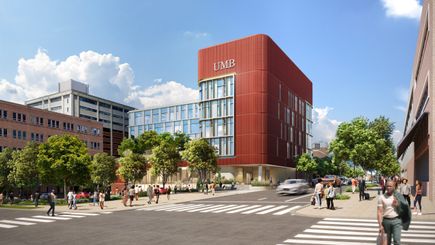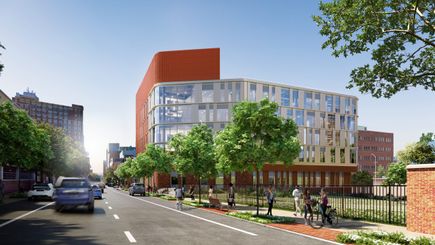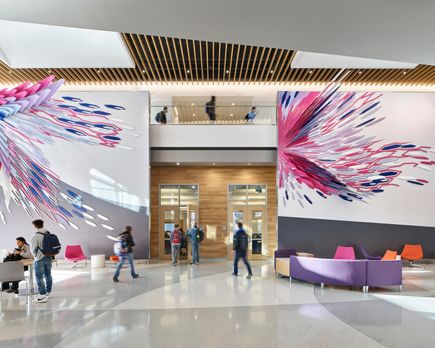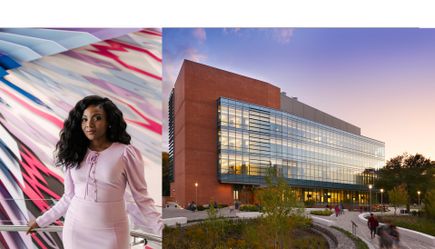Tapping the Earth’s Energy for a Greener Future at the University of Maryland, Baltimore
Share

Pioneering geothermal wells will advance well-being at UMB School of Social Work
The University of Maryland, Baltimore (UMB) New School of Social Work will consolidate six buildings into one sustainable and community-oriented hub. Designed for LEED Platinum certification, the building features geothermal exchange wells.
The geo-exchange system beneath the building will store and recover heat by leveraging the earth’s stable temperature. “We’re sharing the earth by using it to store our heat,” said Mike Dougherty, RA, CCM Senior Project Manager, UMB Design & Construction. During the cooling season, heat pumps transfer excess indoor heat into the ground. In winter, that stored energy is drawn back up to warm the building. Using the vapor-compression refrigeration cycle, the system can both heat and cool, making it three to five times more efficient than traditional boilers. Geo-exchange systems benefit from the consistent ground temperature, delivering reliable performance year-round.
“Designing the geo-exchange system was an opportunity to merge engineering ingenuity with environmental stewardship,” said Ballinger Associate Principal Michael Radio, PE, LEED AP. “It’s a resilient, energy-efficient system that’s setting a new standard for the university.”
University of Maryland, Baltimore President Bruce E. Jarrell, MD, FACS, joined the start of drilling, calling the effort “one more step in sustainability for the university. We want Maryland to be a green state.” School of Social Work Dean Judy L. Postmus, PhD, ACSW, underscored the project’s broader mission, “We also are concerned about environmental justice and part of that ties into the core values of the university and sustainability.”
The School of Social Work will be the first building in downtown Baltimore to use geo-exchange technology, and the first in the University System of Maryland projected to be certified operational net-zero carbon emissions.




